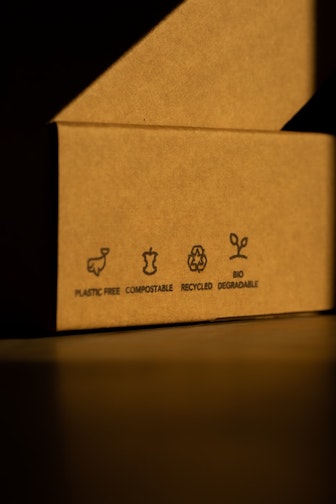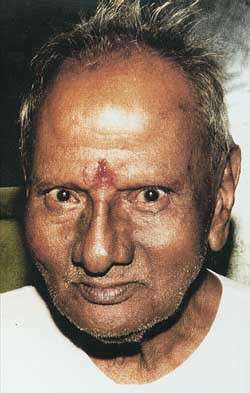
The way I’ve spoken about these teachings is seeing them as “biodegradable” in that they are intended to dissolve after use. We’re not aiming at having a bunch of concepts in our minds to negotiate through life. Rather, these ideas may help us to get in touch with trusting our capacity to see directly. Insight, an innate wisdom that is self-generated, is the outcome. The Mandala is a means to an end. Any useful metaphysics isn’t complete, and in that sense, no dharma or teaching is the whole truth. It’s a story that we use to get deeply in touch with a profound sense of our own guidance.

From my perspective, the very nature of spiritual reality is intensely personal and individual. Even though conceptual categories are being used here, they are more about pointing you toward getting in touch with a kind of deep intuition within yourself so that you can trust what is next for you to do and explore.
It is not that I have a map of the Ultimate Reality and that I’m giving you some practices to follow so that you will then discover some ultimate truth that I know. It’s more that, having been faced with a mystery, I found certain ways of orienting myself to it that have been deeply fulfilling and enriching for me. This orientation has helped me to get deeply in touch with a sense of inner guidance. So, the main purpose of Tapestry Teachings is to assist you in finding both the unchanging freedom that you always are as well as inspiration to open to all of life.
Transcendental Divine Identity Is Your Identity but Is Not “I”
This gets difficult regarding language. You are the whole Mandala in the sense that it describes you in Identity or you in Relationship in every node; it’s all about you. However, you can exist without the sense of “I,” and that is your identity in the Red node.
You certainly are Consciousness Itself, no doubt about that. In that sense, “You” are found in the Red node. It’s just that the “you” that is in the Red node is not the “you” that you take yourself to be.
Identity shows up differently in the different nodes; the way you show up in the Red node is as Consciousness Itself, but Consciousness Itself isn’t the human person, it is that which is aware of the human person and at the same time, it is the human person’s true identity, in the ultimate sense.
Subtle in Its Power and Profundity, and Easily Undervalued
Understanding all this at the intellectual level is not enough. Real understanding needs real self-examination. A teacher can assist you with instructions that point out Intrinsic Awareness, but in the end, this must become a form of self-inquiry. Self-inquiry is something that you do with direct attention, not with thinking. Many people find this difficult because they become distracted by thoughts and feelings.
Even for those who have had a glimpse of this recognition, it is easy to miss its profundity and see it as just another experience rather than the bedrock of their spiritual life. Pure Subjectivity is not itself a state, nor is it something to attain, but the capacity to rest attention in the position of Consciousness once it is recognized varies from person to person.
If attention is addicted to thoughts and desires, then we may not give ourselves the luxury of relaxing into our essential nature. The real knowledge of the import of Consciousness is directly proportionate to attention’s dissolving into it.

Without spending time with attention basking in the direct knowing of this, we may wonder what is the big deal about Consciousness. However, no amount of explanation can convey it.
(From The Tapestry of Being, Chapter 2 : You Are Freedom Itself)
“When I met my Guru, he told me, ‘You are not what you take yourself to be. Find out what you are. Watch the sense I AM, find your real Self…’ I did as he told me. All my spare time I would spend looking at myself in silence…and what a difference it made, and how soon! It took me only three years to realize my true nature.”

